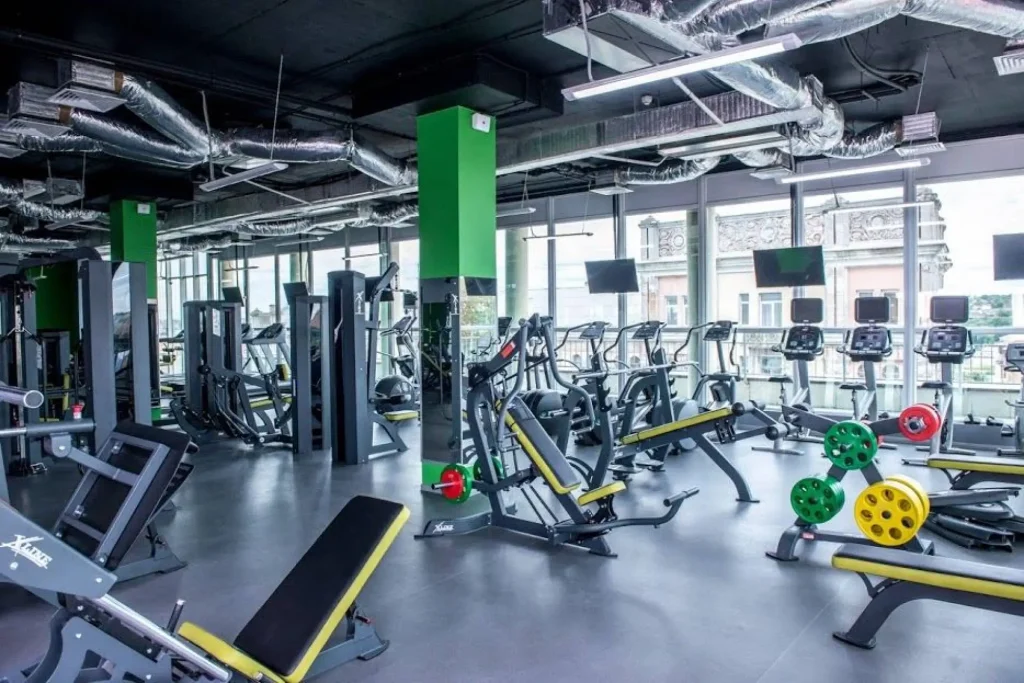The true enemy to our evolution is not a lack of knowledge, but a lack of progress. We’ve all hit that dreaded plateau: the weights feel light, the PRs stop coming, and your routine just doesn’t challenge you anymore.
The great news? Your knowledge is still valid. You just need to alter your style of training to incorporate the cornerstone of all long-term growth: progressive overload.
This isn’t a new, trendy buzzword; it’s the fundamental principle of getting stronger. In this guide, we’ll break down exactly what it is and give you three simple methods to apply it in your very next workout, shattering your plateau for good.
By definition, progressive overload involves gradually increasing the workload over time to achieve hypertrophy and endurance, while stimulating strength and muscle growth. This style of training is not for everyone, but if you are willing to leave your comfort zone and take a far more calculated and cerebral approach to your weightlifting, it will certainly push you through any plateau.
| Method | How It Works | Best For |
|---|---|---|
| Increase Weight | Lifting heavier loads over time. | Pure strength gains, power. |
| Increase Reps/Volume | Doing more reps with the same weight. | Muscle endurance & hypertrophy. |
| Change Tempo | Increasing “Time Under Tension” (TUT). | Mind-muscle connection, breaking stalemates. |

Examples of Progressive Overload Training
Method 1. Increasing the weight
Let’s use the standard dumbbell chest press as an example. Instead of doing your usual moderately heavy weight for 3-4 sets of 12 reps, let’s plan out set around a progressive overload objective.
Say you normally start with 70 pounds. For your first set, try 60 pounds for 12 reps, then increasing to 70 for 10 reps. Now follow this with your normal “PR” set of 80 pounds, this time for eight reps.
This time, (this is where you have to know yourself and if you need a spot nearby) for your last set, try increasing the weight to 85 or 90 pounds for 3-4 reps. Continue to utilize that lift for a couple of weeks until you can complete the 3-4 reps without assistance. Once you can, it’s time to again level all of the weights up in each set, always aiming for a small bump in your last PR set.
Method 2. Increasing the reps or the volume
This may work best with a plyometric exercise such as push ups or pull ups. Utilizing the same format as above, plan for four sets, with the last set being almost “out of reach.” Soon enough, your “challenge” set will feel achievable, your muscles will adapt, and you can create another personal challenge to conquer.
Method 3. Manipulate the Tempo (Time Under Tension)
There are some lifts that, regardless of your will power and grit, you will not be able to increase the workload safely. We can, however, change the tempo to get new results from familiar exercises. By increasing time under tension and reducing momentum, you will force your muscles to do more work, thus, increasing their power and density. Example: You may be doing 10 squats at a 1-0-1-0 tempo, which comes out to about 20 seconds of total tension. However performing 10 squats at a 3-1-1-0 tempo now increases your workload to over 50 seconds of tension. Just like that you’re doing more work without touching the weight.

Progressive Overload Workout for Back/ Bi’s
Here’s a sample Back & Biceps workout that puts all three progressive overload methods into practice. Follow this structure for 4-6 weeks to push through your plateau.
Seated Cable Row: 4 sets of 12-15 reps (Focus on changing tempo)
Pull the cable toward the chest for a 1 count, then slowly release it in a 3-4 count, with a focus on the eccentric portion of the move.
Lat Pulldown: 8 reps of a light warm up followed by 4 sets of 12, 12, 10, 8. (Focus on increasing weight)
Pullup (assisted or unassisted): 1 set of 8 reps, 2 sets of 10 reps, 1 set of 12 reps (Focus on increasing reps)
Bicep Barbell Curls: 3 sets of 12 reps
(Focus on the negative/lengthening movement and changing tempo).
Holding the barbell under your chin, lower for a 3-to-5 count until it reaches the bottom and then lift in a quick 1 count. Do these for each rep. and restart.
Seated Rear Delt Fly: 4 sets of 12, 10, 8, 6 reps (focus on increasing weight)
Finisher: Bicep Curl “21’s”:
Top half of the curl for 7 reps, bottom half of the curl for 7 reps, and 7 full-range curls
Overall, progressive overload training is not for the weak. There will definitely be some hard work and some sore muscles ahead, but it will allow you to utilize knowledge and movement patterns that you are already familiar with to break through any plateau you may be experiencing. True training progress doesn’t happen overnight; it’s the product of consistent, intelligent overload. The lifters who stay the strongest are the ones who know when to push, when to pull back, and how to turn every rep into an opportunity for growth: one rep, one day, one win at a time.
Which progressive overload method will you try first? Tag us on Instagram [@arnellavanilla] and show us your PR set!





